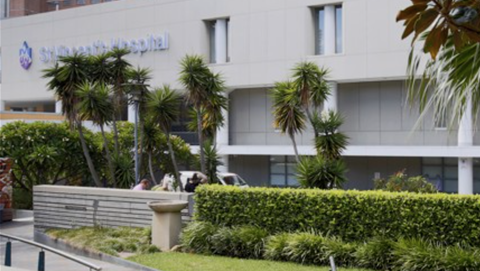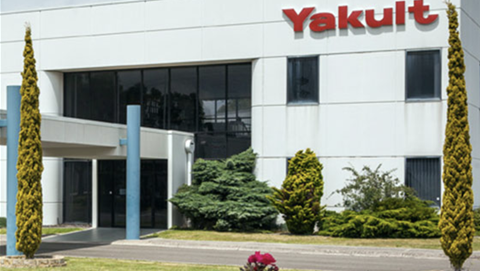Geoscience Australia is taking no chances with the resilience of its $161 million GPS augmentation project, revealing plans to develop a specific cyber security strategy to address any inherent risks.

The national geoscience research and geospatial information agency has put out the call for a strategy ahead of starting work on the full Satellite-based Augmentation System (SBAS) program.
The project, which received a $161 million budget windfall last year, will boost satellite positioning capability provided by GPS and Galileo to decimetre accuracy across Australia and its maritime zones.
Potential applications include supporting intelligent navigation tools, helping to locate ships in distress at sea and increasing water efficiency on farms.
Geoscience is also progressing a number of trials through a separate test-bed initiative for a SBAS, which is expected to be complete before the end of this month.
That initiative is focused on testing two new satellite positioning technologies, including next generation SBA and precise point positioning, with Airservices Australia and VicRoads.
Keen to avoid a situation where malicious actors hijack the GPS augmentation project, the agency is now looking to acquire a “comprehensive” cyber security to address any “existing or potential risks”.
It wants to identity and cost options ahead of a formal tender process for the cyber security strategy.
“The SBAS architecture may include communications and uplink stations, which may be vulnerable to malicious cyber-attacks,” tender documents state.
The strategy will “provide information and implementation advice on how to secure specific SBAS ground infrastructure and processing facilities”.
SBAS works by transmitting global navigation satellite system (GNSS) signals data and measurement information that has been collected through a series of reference stations and compared with the “GNSS derived position solution” to a central processing facility (CPF).
“The CPF derives error corrections and confidence bounds on those corrections, as well as satellite status information for each GNSS satellite being monitored as a series of messages,” tender documents state.
“These messages are sent to an uplink station, which transmits the data to a geostationary satellite. This data is then rebroadcast as an augmentation of the underlying GNSS constellation to all users in view.”


























